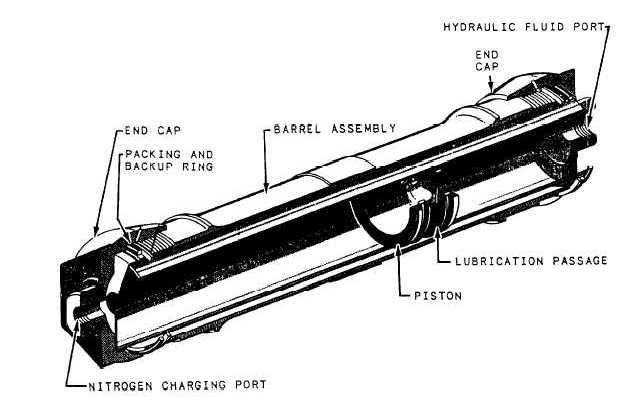
Figure 10-28.-Cylinder type of accumulator.
Emergency Power Supply
The energy stored in an accumulator may be used to actuate a unit in the event of normal hydraulic system failure; for example, the hydroboost power braking system used in the 1 1/4-ton tactical cargo truck or cucv has sufficient energy stored in the accumulator for limited emergency braking operation.
FILTERS
When small bits of metal, rubber, paper, dust, and dirt enter into a system, they contaminate the fluid. The fluid may be contaminated in many different ways. The contaminants may enter the system during the manufacturing of the components or during servicing and maintenance of the system; they can be created in the system by internal wear of the components, or because of deterioration of seals, hoses, and gaskets. These impurities can become suspended in the fluid and circulate throughout the system. Because of the close tolerance of the system components, the contamination in a system must be kept at an acceptable level; other- wise, the components are damaged, destroyed, or become clogged and inoperative. It is for these reasons that filters are essential in hydraulic and pneumatic systems.
A filter in a hydraulic system is a screening or straining device used to remove impurities from the hydraulic fluid. Filters may be located within the reservoir, in the pressure line, in the return line, or in other locations where they are needed to safeguard the hydraulic system against impurities. There are several different types and arrangements of filters. Their position in equipment and design requirements determine their shape and size.
Filter Elements
The filter element is the part or parts (single or dual element) of the filter that removes the impurities from the hydraulic fluid as the fluid passes through the filter. Filter elements are usually classified by either their material and/or their design and construction. The most common filter elements used in CESE equipment are wire mesh, micronic, and porous metal.
WIRE MESH FILTER. - A wire mesh filter element is made of a fine wire mesh (screen) and is usually used where the fluid enters and/or leaves a
Continue Reading